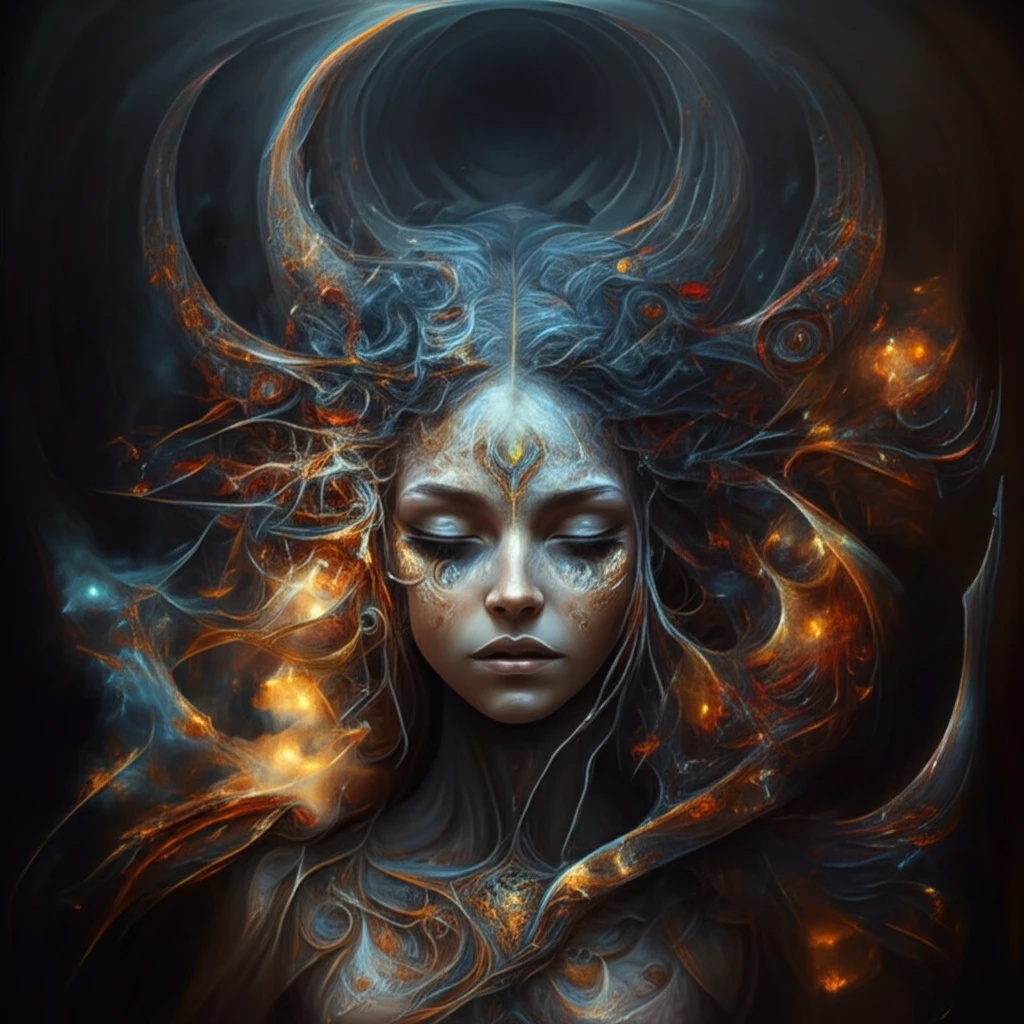
Unveiling Prakriti: The Feminine Force Shaping Reality in Hindu Philosophy
"Explore the ancient concept of Prakriti, the dynamic feminine energy at the heart of Samkhya philosophy, and discover its profound influence on your life and the world around you."
In the vast landscape of Hindu philosophy, where ancient wisdom meets timeless truths, lies the concept of Prakriti. Often translated as "nature" or "matter," Prakriti is far more than a simple definition can capture. It represents the active, dynamic, and invigorating feminine principle that, together with Purusha (the masculine principle of pure consciousness), forms the very foundation of reality according to Samkhya philosophy.
Imagine a world where everything is static, unchanging, and without form. This is the realm of Purusha. Now, envision a force that stirs this stillness, bringing forth movement, diversity, and the tangible world we experience. This is the essence of Prakriti. It is the cosmic source of energy, the wellspring of all material existence, and the driving force behind the unfolding of the universe.
This article will guide you through the multifaceted nature of Prakriti, exploring its origins in Samkhya philosophy, its connection to the three gunas (qualities), its influence on daily life, and its modern interpretations in eco-feminism. Prepare to discover a profound understanding of the feminine force that shapes your reality.
What is Prakriti and why should you care?

To truly grasp the significance of Prakriti, it's essential to understand its place within Samkhya, one of the oldest schools of Indian philosophy. Samkhya offers a unique perspective on cosmogony, explaining the creation of the universe through 25 fundamental principles of existence. Unlike many other systems, Samkhya is nontheistic, meaning it doesn't rely on a creator God. Instead, it posits that the universe arises from the interaction of Purusha and Prakriti.
- Purusha: Pure consciousness, passive, formless.
- Prakriti: Active energy, dynamic, the source of material existence.
- Gunas: The three qualities of Prakriti (sattva, rajas, tamas) that determine the characteristics of allmanifestations.
Prakriti's Enduring Legacy
While Samkhya philosophy may not be as widely practiced today, the concept of Prakriti continues to resonate within Hinduism and beyond. Its influence can be seen in various aspects of Indian culture, from Ayurvedic medicine to discussions about ecological responsibility. By understanding Prakriti, we gain a deeper appreciation for the interconnectedness of all things and the vital role of the feminine principle in shaping our world.
